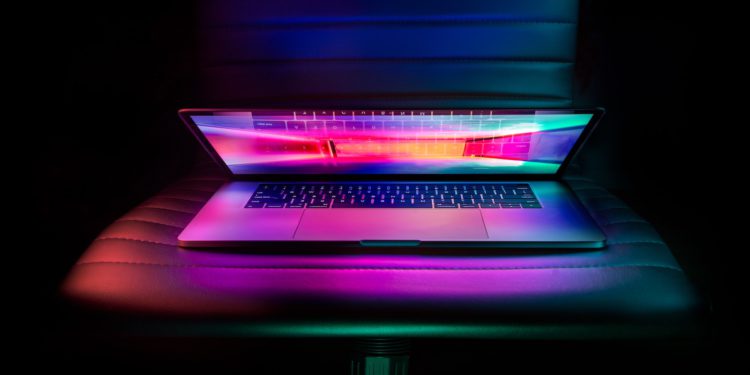Apple has already offered watch models made of titanium in the past. Could MacBook, iPhone and iPad devices also be made of titanium in the future? Apple at least seems to be thinking about it, as a patent shows.
According to a recent Apple patent, Cupertino seems to be considering making a MacBook, iPhone or iPad out of titanium. The patent describes how Apple could meet the challenge of giving titanium an aesthetically pleasing finish. is called it in the description:
Apple patent describes technical process
Portable electronic devices may contain various operating components (e.g., display, processor, antenna, etc.). Enclosures for these portable electronic devices can be formed from various metals (e.g., anodized aluminum, etc.) with high strength and rigidity to protect these operating components. In addition, it is advantageous to machine these enclosures to obtain an attractive surface finish. Certain metals, although having high strength and rigidity, are difficult to machine to obtain an attractive surface finish. Accordingly, there is a need to implement techniques for machining these specific types of metals.
The patent essentially describes various embodiments that generally relate to techniques for etching a titanium surface. Specifically, the focus is on restoring shine. The technical process described by Apple uses a chemical anodizing process. This can hide defects in the metal while providing better protection.
Titanium has several advantages over aluminum
The fine-grained roughness of the etched titanium part and the blasted and etched titanium part is advantageous for hiding surface defects such as weld seams and crystallographic grain structure differences. In contrast, blasting a titanium component alone in a conventional manner does not provide benefits such as hiding weld seams. In some examples, it may be advantageous to use a combination of an etching and a blasting process when anodizing the titanium component. In particular, the anodizing layer of an etched and blasted titanium component may be protected from chemical (e.g., fingerprint oils) and mechanical removal (e.g., by rubbing against objects) because the anodizing layer is recessed and immersed in the valleys of the textured surface of the etched and blasted anodizing component.
Although titanium is heavier than aluminum, it is still very strong. Based on this, Apple could use a much thinner layer to ensure the same stability. The result would be a lighter but at the same time stable case. But as always - in the end, the whole thing could remain just an idea. (Photo by Unsplash / Ash Edmonds)





